Specifications
| book-author | R. A. J. Taylor |
|---|---|
| publisher | Academic Press; 1st edition |
| file-type | |
| pages | 657 pages |
| language | English |
| asin | B07TDQ1DG6 |
| isbn10 | 128109874 |
| isbn13 | 9780128109878 |
Book Description
This pervasive characteristic of natural and man-made phenomena is comprehensively analyzed in Taylor's Power Law: Order and Pattern in Nature, which can be found in PDF format. This stimulating and approachable work surveys the non-biological and biological empirical data, describes the statistical uses of Taylor's power law (TPL), and its relationship to statistical distributions. It also reveals the mathematical connections to other power laws, discusses the competing explanatory models, and develops an argument for the genesis of TPL.
Taylor's power law describes the relationship between the amount of variation in a process or population and the average value of that population. It was initially described in connection with populations of insects, and then later expanded upon to include populations of other animals and plants. Subsequently, it has been recognized in genetics, microbiology, astronomy, economics, physics, and computer science. It is also thought to be one of the few general laws in ecology, where it is routinely used to describe the spatial and temporal distributions of populations. Additionally, it has been recognized in the field of computer science.
The larger picture of this fascinating topic will likely pique the interest of both biologists who are familiar with the law as Taylor's power law and physical scientists who are familiar with the law as fluctuation scaling. It is possible that the relationship between variance and mean is a fundamental property of number, contrary to what was previously believed, which was that it was only a phenomenon that occurred in ecology. This is due to the fact that the relationship is found in such a broad range of fields. Although there are many theories that purport to explain or predict TPL, none of them are entirely satisfactory for one of two reasons: either they are not very predictive or they do not account for all of the empirical data that is currently available. Discovering such a property calls for a synthesis across multiple fields of study, which is a pressing requirement that is addressed by this fascinating body of work.
- The purpose of this article is to provide a single reference that describes the range, properties, and limitations of Taylor's power law.
- Reports the analytical, empirical, and theoretical work without expressing any opinion, and concludes with a critique of the work in order to develop a synthesis from the information presented.
- In order to review examples (and counterexamples), as well as examine the various models developed to account for it, this article compiles the thoughts and suggestions of the hundreds of people who have written and speculated about Taylor's power law.
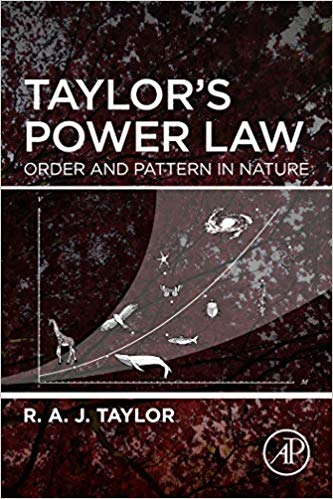



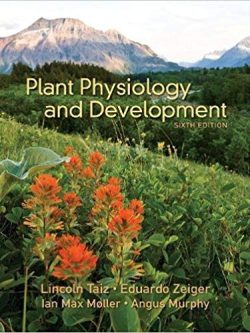


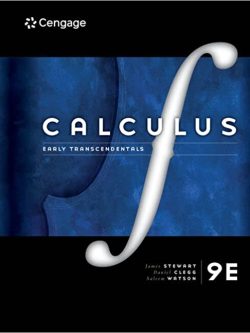
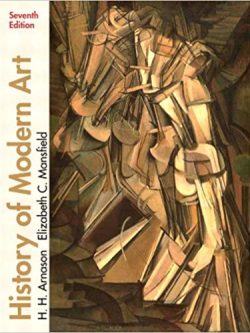
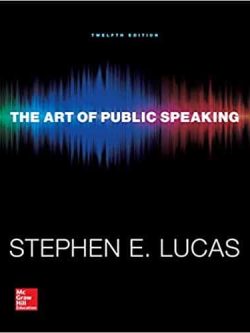


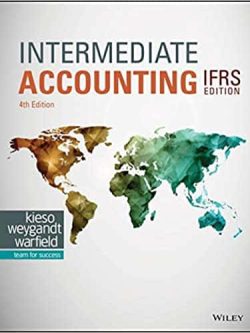
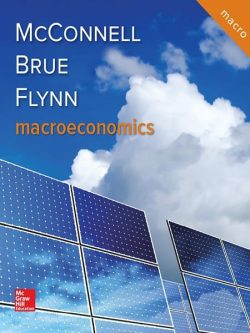
Reviews
There are no reviews yet.